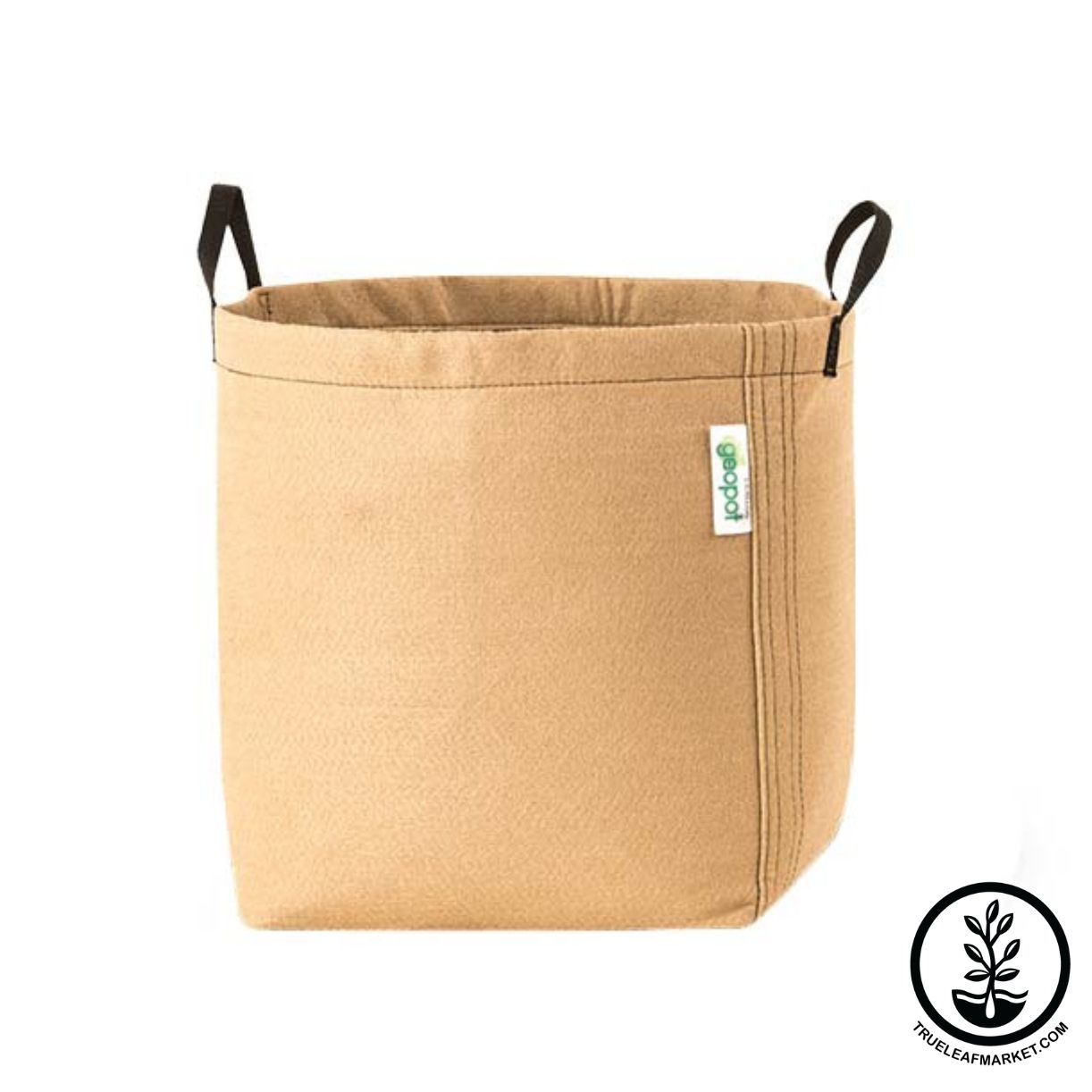
Ashleigh Smith

Spring is here, and it is time to get planting! You might have some indoor starts ready to go, or you are just trying to figure out if it is too late to start planting. Now is a great time to start sowing seeds directly. Most zones are approaching or past their last frost date, and spring runoff is hydrating the ground creating ideal planting conditions. Don’t worry if you are a little late to the game. You can still directly sow plenty of short-season vegetable or quick-to-mature varieties. Some vegetables even prefer to be directly sown over starting indoors.
Being able to put down roots without being moved generally helps develop stronger and healthier plants. When transplanting, your plant starts can sustain damage to the roots as they are tugged, pulled, or crushed, getting them out of their trays. Direct sowing prevents all of these problems from occurring as the seed is grown in its permanent location. Plus, direct sowing requires fewer supplies than indoor starts. If you are new to gardening, direct sowing will likely give you the best first-season growing experience.

How to Direct Sow Seeds
1. The first step to direct sowing your seeds, whether they be vegetables or flowers, is to clear your growing space. To reduce competition and create an attractive space, remove any weeds or large rocks from the growing area.
2. Next, lightly rake the top 2-3 inches of soil so you can bury your seeds at the appropriate depths. Deep tillage is not required.
3. Following your garden plans, sow your seeds in rows, squares, or a mix of these methods. Seeding tools may be helpful to sow at the appropriate spacing intervals.
4. Water with a gentle watering can or hose attachment. Be careful not to flood the growing area, as this can cause shallow sown seeds to migrate with the pooling water.
5. Regularly check the garden for weeds and remove them promptly. Water as needed. Be aware of the temperatures throughout the day. Higher temperatures may require you to water more than you normally would. The seeds will need to stay moist throughout germination. Once the roots become well established, stick to a regular watering schedule and spot water as needed.
6. Optional: For a continual harvest, sow in succession. This means that you sow seeds in batches, a week or two apart, to stagger your harvest throughout the season. This practice works especially well for root vegetables like carrots and radishes or any of the leafy greens.
Seeding Tools
Growing Containers
Soil Amendments
About the Author

I'm Ashleigh Smith, a native to Northern Utah. I first gained a love of gardening with my grandmother as I helped her each summer. I decided to make a career of it and have recently graduated with a Bachelor's degree in Horticulture from Brigham Young University - Idaho. My studies have focused on plant production while I also have experience in Nursery & Garden Center Operations.
Become a True Leaf Market Brand Ambassador! You’ll enjoy awesome perks, free products and exclusive swag & offers! Help us create a gardening revolution and help others experience the joy of growing!
Leave a comment
Your email address will not be published. Required fields are marked *
0 Comments
No Comments yet! Be the first to start a conversation
Further Reading

What Does the Updated USDA Zone Map Mean?
Written By Lara Wadsworth You may have heard a rumor about how the USDA has updated the zone map. The rumors are true! In November of 2023, the USDA released an updated hardiness zone map. What are the practical implications of this for you as a farmer...

Ashleigh Smith
2024-07-107 min read4
Nurturing The Fierce Green Fire: Aldo Leopold
Written By Lara Wadsworth “When we begin to see land as a community to which we belong, we may begin to use it with love and respect.” Such were Aldo Leopold’s words in his most popular book, A Sand County Almanac. This book is now known as one of the ...

Ashleigh Smith
2024-07-096 min read0
Ron Finley: Empowering Urban Gardeners
Written By Lara Wadsworth Have you ever wondered why gardening is often associated with retired individuals or hippies these days? I often do, and think this should change. Ron Finley, a Los Angeles-based fashion designer and urban gardener, also think...

Ashleigh Smith
2024-07-026 min read0
Rachel Carson: The Mother of Environmentalism
Written By Lara Wadsworth It is common knowledge these days that pesticides should be used with caution. While conventional farmers continue to use them frequently, they realize the danger of careless applications. Today, pesticides are applied in much...

Ashleigh Smith
2024-06-257 min read0















